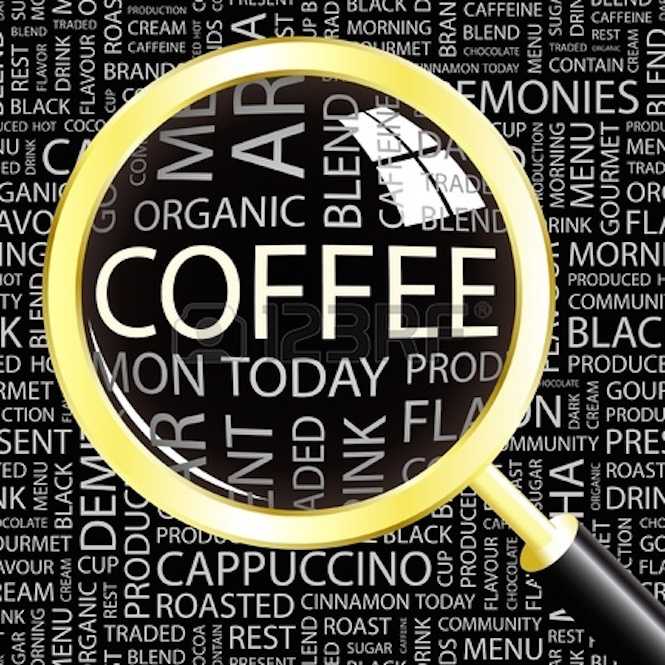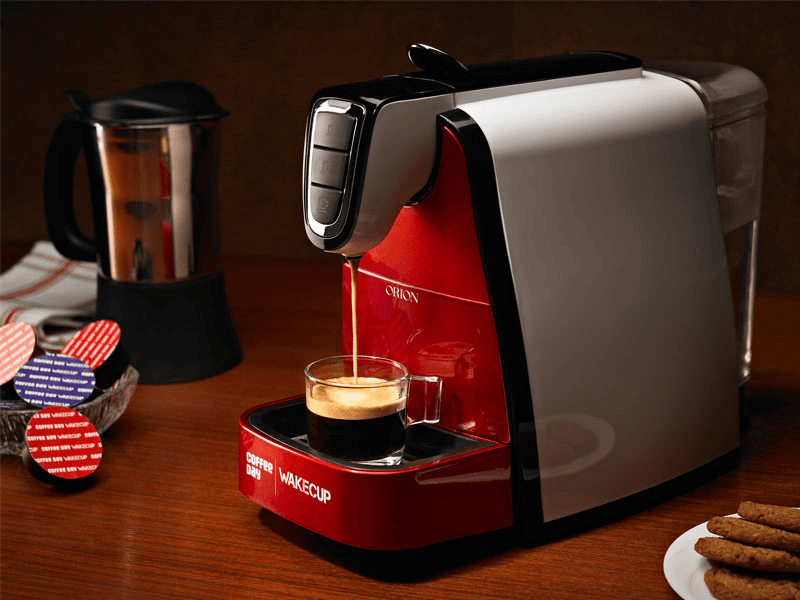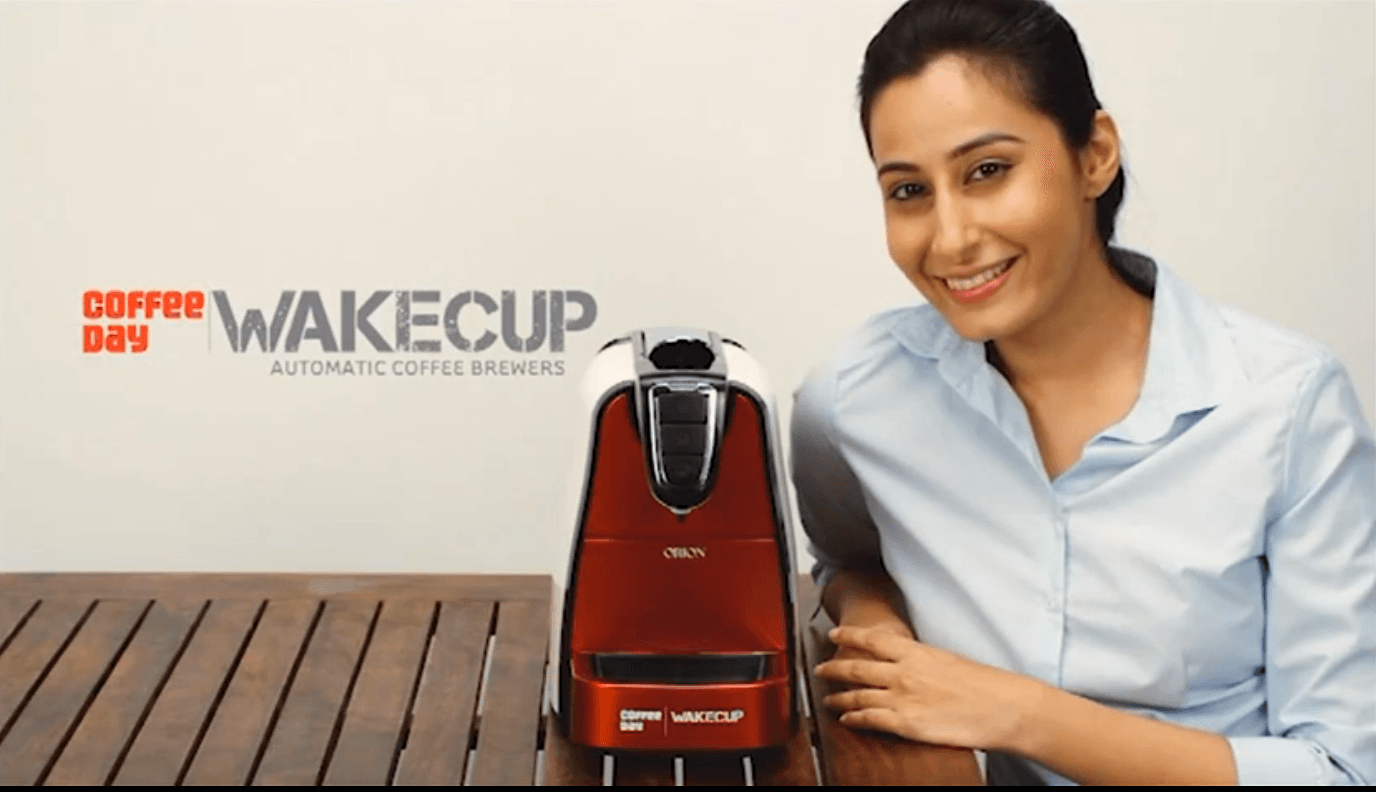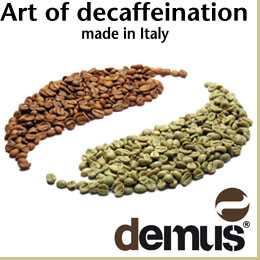Luca Majer, CEO of Tuttoespresso, took some time out of his busy schedule to give us this in-depth interview on the single-portion coffee market and its perspectives in a globalised world.
You started your career in coffee, didn’t you?
Exactly. It was 1983, right after my Business degree my father called me in Rhea Vendors, a vending machine manufacturing company he had funded in 1960. A fine mind, my father was more interested by technical matters than marketing, which instead was my love at first sight.
Dad and I together lifted Rhea from a company with less than a thousand square meters of shopfloor, into an industrial reality with a brand identity and great customers. And a bigger player.
Sales grew between 25 to 30% for a decade and by 1991 the shopfloor had increased eight-fold. All in all, it was a great time: lots of innovative solutions and ideas that soon became a standard for the vending world, such as the “extende menù” with fifteen or more coffee choices as opposed to the 4 selections of coffee or “4-mahl kaffee” which was the standard back then.
How did single-portion get in your radar?
It happened between the Eighties and Nineties, when the fast growth of Rhea created the right momentum for acquisitions. Two companies reached out for us, Damian and Tuttoespresso. Rhea bought both of them. Damian was a logical step. Diversifying into snacks vending made sense: Zanussi/Necta and National Vendors/Crane did the same when they acquired respectively ABA System and Automatic Products. Tuttoespresso’s acquisition, on the other hand, played out as a misunderstanding of sort.
What do you mean, exactly?
Technically speaking, Tutto had one competitive advantage, since it was the only company to offer a twin-size capsule system and a machine to go with it. TuTTO’s range of drinks would have become popular only 20 years later, with Tassimo and Dolce Gusto. Other than that, Rhea assumed that Tutto could provide the smallest machines to the Rhea range and sell them through the Rhea distribution network. To make a long story short, synergies were basically inexistent, and ultimately we found out – via the hard way – how much the capsule machines business differs from manufacturing machines for vending or OCS.
Yet, there are companies manufacturing millions of capsule machines…
True, but the business models for out-of-home (vending, OCS and HoReCa/foodservice) vs. at-home machines tend to differ.
And manufacturing capsule machines is a thriving but risky business, considering the high concentration. The French Competition Authority has released data on their domestic market showing that the leading company in single-portion is controlling 98% in value of the market, divided between its two brands.
I’m talking for 2007 through 2011, while in 2012 the share decreased to 96%. Another statistics indicates that 89% of the global single-portion sales are made by 4 companies. I’ll re-phrase this: the rest of the world have only 11% of the market to share.
What does Tuttoespresso today?
We revised our business model, focusing on coffee research. We feel, as capsule and coffee machine manufacturers, that we need to address the changes brought into our sector by a global economy. By shortening the value chain we are now able to propose ourselves as a leading company in licensing solutions for coffee systems and machines. These can be for instance “compatibles” or proprietary capsules, such as the ones launched by CoffeeDay in India (see pictures below). Or advanced brewing technology.
In Italy few understood our change of strategy, and such reaction sort of proves our country’s decreasing innovative flair. Statistics prove it too: on average we get 60 patent grants year/per million-citizen, against 129 of the European mean.
Talking of capsules, they seem to be the only business where quantity does not push prices down: you see capsules retailing coffee at 100€ per kilo.
It does suprise me to see people happily lining up in these up-market boutiques, numbered ticket in their hands, to buy coffee at 70€ per kilo. We all should praise high prices, when the consumer is happy. Anybody would like to reach such a brilliant relationship with its own customer. It’s a win-win.
It’s interesting – though – to take a deeper look at how this relationship grew and is maintained. Good coffees (but you can find better ones), peculiar (and unorthodox) extracting espresso technique, massive IP rights ownership (which, some claim, at times is used to fence-off competitors more than to promote innovation), and an emulative lifestyle-oriented marketing. All of which contribute to raising the entry barriers and promoting consolidation.
Financial clout, supply-chain synergies, market intelligence and economies of scale have replaced quality as main drivers, so it makes sense to find small and mid roasters under a lot of pressure. But this is the rule of the game in the post-industrial West, and in the East too: in order to appear on the radar of a XXI C. consumer you need to constantly feed marketing and R&D. And we all know they are, in the short-term, cash-burning demons as much as – in the longer term – they turn companies into cash-cows.
What can small and medium roasters do?
Clearly they should go for niches, but these tend to be overcrowded – in coffee capsules especially, since for the ROW the available market is all cramped into that cited 11%.
Yet I would argue this problem needs a higher perspective. Take for instance an aspect very well known by any roasters around the world: the volatility of coffee prices at stock exchange level. In the oil business one year worth of global production is traded in financial derivatives every day, in coffee one year is traded roughly in a month.
The net result is an apparent Casinò Royale where “market reality” and stock exchange prices are handled by people who will never touch a bag of green coffee. The “peasants”, that is the coffee professionals, are left with the Stock Exchange, the droughts, the excessive rains and stratagems to maintain volatility in an already difficult market. The sad thing is that this game not only affects our pockets but often plays with the lives of millions of farmers and their families. This would be one great starting point, for improving our future.
How do you comment the merger between Mondelez and Douwe Egberts?
It is absolutely in line with the consolidation taking place at global level. A proof is the degree of interest shown by Lavazza concerning the one or more brands that the merger might put on sale, depending upon the indications provided by the European anti-trust authorities. In today’s world if you want to build a brand you need relevant investments and time. If you can get away with one of the two variables, by acquiring an established brand at a reasonable price, you’re already half-way down the road!
Italian coffee-shops are experiencing a downward trend in sales. As an answer to improve margins, then, some owners buy bad quality coffee to cut costs. Do you think this strategy is the right one?
In general, we all agree that lowering quality is a bad choice. Yet, we must face the fact that in this emulative society, quality often means different things to an expert and to the average consumer. “Bad coffee” – then – may become accepted and even preferred by certain public. For instance canephora has now become an acquired taste: people want it in ther blends, no matter what the “100%-arabica pundits” say.
Is this downward spiral going to help the Italian coffee-retail business?
When you price-compete you’ll always find someone cutting prices lower than you can do. But lowering quality can be a fear response, a reaction to a receding market.
And then there is the cultural heritage of XIX c. drugstores, selling cicory coffee at the price of (and allegedly as) the “real thing”: the birth of brands was in fact generated by this lack of trust towards the mum&pop stores.
So low pricing and sparing on quality may be ok, for some. The issue becomes a real problem when bad quality turns endemic: the scene reminds me of those silent, comic movies in which our hero pulls the wrong lever, and holding it in his hands, looks shocked at us, while his plane starts to nose-dive.
Even in Italy Nespresso tends to dominate the capsule market. Many roasters , with a few exceptions, have decided to purchase filling plants and start selling Nespresso compatibles. How long will it last?
Nespresso sales grow every year by an amount higher than Illy’s yearly sales, and equal to almost half of Lavazza’s. An epic success, mirrored only by GMCR’s in the US. Also, Nespresso has nurtured a very special, very close dialogue with its customers, and convinced them that Nespresso is coffee’s nec plus ultra. These two aspects explain why 1) all roasters feel compelled to enter this market; and 2) they are confronted, once they’re in, with a sticky Nespresso customer base.
How long the segment will last? You should ask this question to Nestlè, since they are the true wild card in this equation. What is on the record is the fact that they did not refrain from fighting hard: you can read the French Competition Authority report on Nespresso’s market practises, in order to get a taste of the battle.
About the future some players remain optimistic, while others cite Putin’s joke: “A pessimist is someone who, while sipping a glass of fine cognac, says: ‘I can smell a hint of beetle stench’, while the optimist cracks a beetle in two, sniffs it and says ‘I can smell a senteur of cognac’. As my friends know, I like cognac“.
I believe that the “compatible” business has almost reached a sort of moral, rebel-with-a-cause kind of status. A Swiss magazine – indeed – has titled after Star-Wars an article on Nestle’s battles “The Empire strikes back” and – in that saga – the Emperor was not the hero. So, my I bet is that compatibles are here to stay. But I can understand why there are pessimists around.
How is vending doing in Italy?
In recent years I have drawn my attention more to the coffee retail market, yet – judging from what I can see – vending is trailing along the current bad economic cycle, its customers representing a fair cross-section of the entire economic system.
In more detail, if we look at operators, I don’t see epocal changes in their business models – one good reason why, in these complex times, they focus on cost-cutting, re-organizations and lay-offs; I hope this is something that will change in the future. On the other side of the segment, smart vending machine manufacturers may sail difficult seas given the shrinking industrial environment but on the other hand they have a great opportunity to bank in on the HoReCa business’ growth: there their fully automatic, table-top b-2-c machines can still enjoy great margins and growth.
Last but not least, you have to count with what we might call the “macro-cosm” that surrounds vending – which is not Italian but – at least – European.
I had a good look at it when, in 2000 as vice-President of the EVA, I lobbied to help vending with the Euro introduction, to no avail: at the end, vending did not get any structural help from the EU, although it had to invest greatly to update their payment systems, being one of the few industries entirely based on cash.
A new sprout of this strain came to surface with the shutting down – in schools – of vending machines bearing “high calories” products: first in France, then in other countries. It was an episode apparently tied to an abysmal confusion between cause with effect, but such an international crusade could not be only based on stupidity.
When I read that even Michelle Obama has recently started lobbying for a “low-cal” menù for vending at the White House, it really reads as if vending is considered the sacrifical lamb to purify other industries’ sins.
It’s a pity that ConfIDA’s president , Lucio Pinetti, prematurely passed away. He was – most probably – going to become President of the EVA and as such I am sure that his agenda would have been more aggressive than the ones of his predecessors.





















